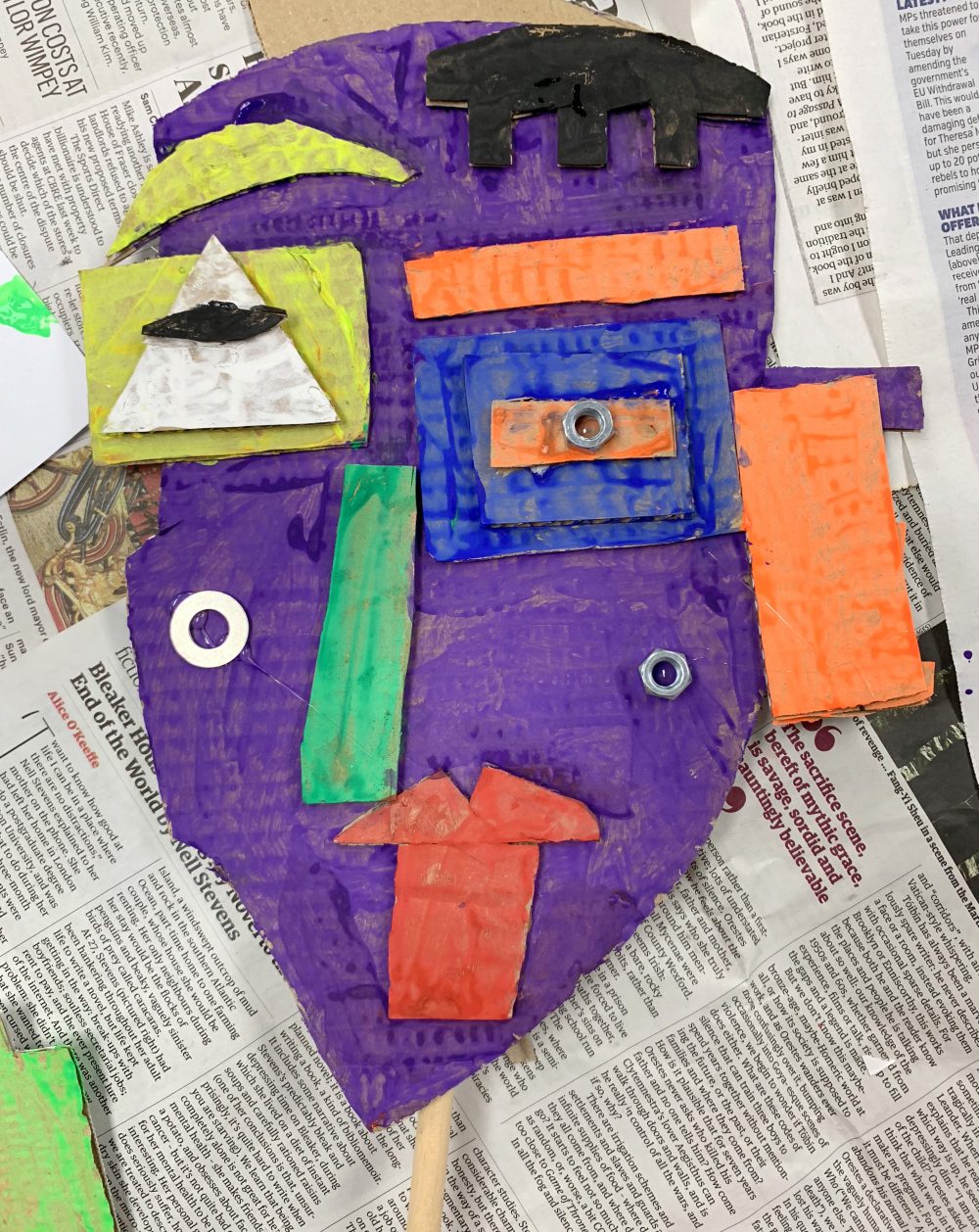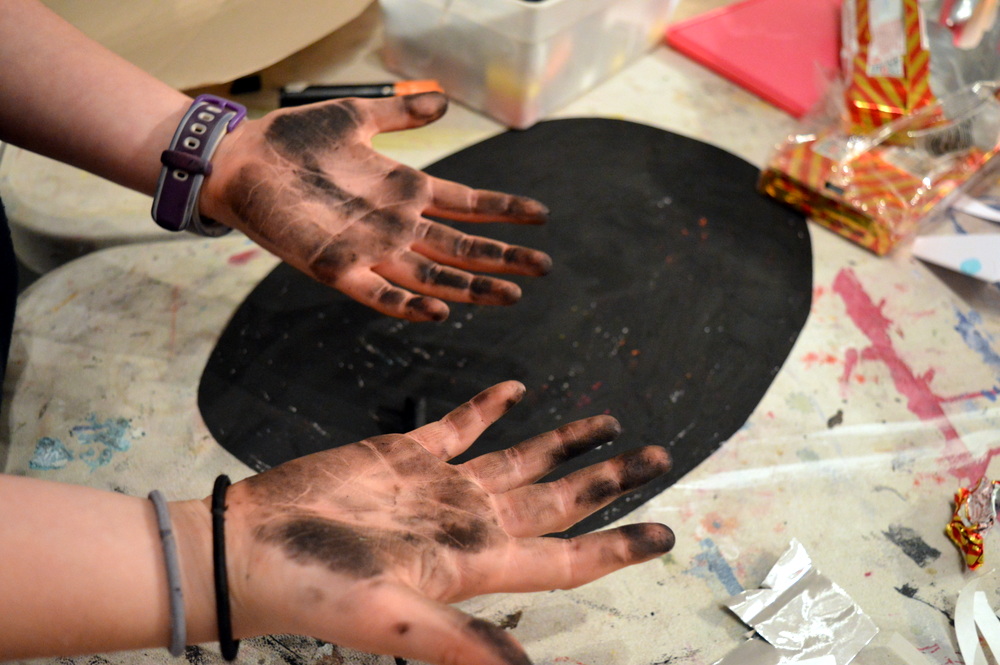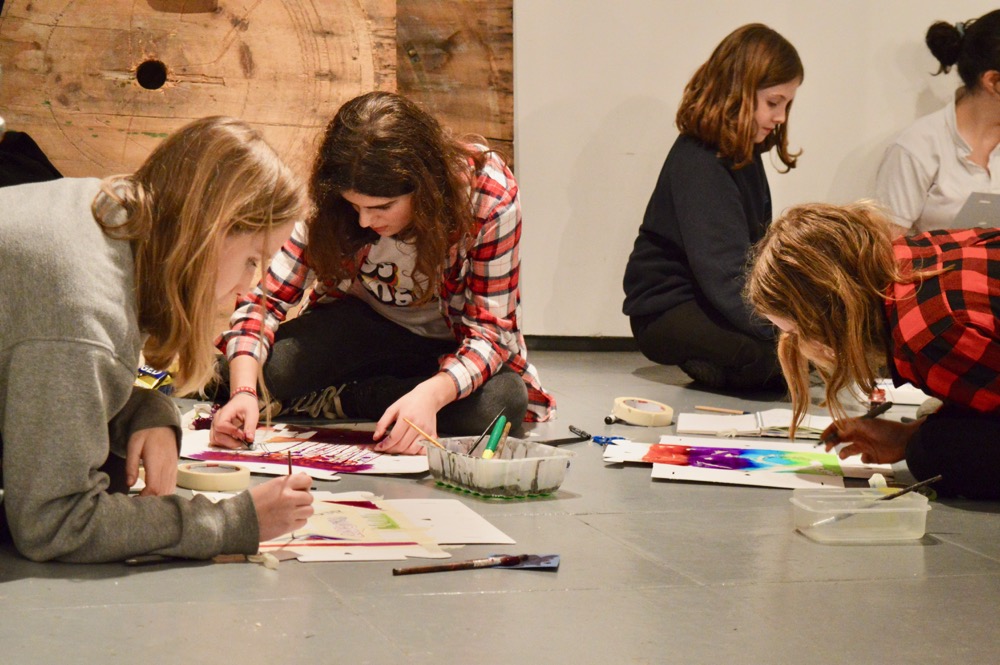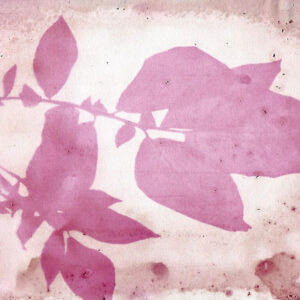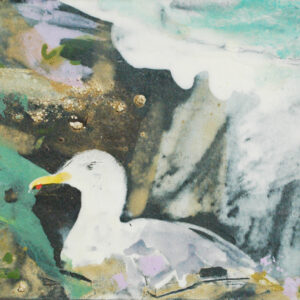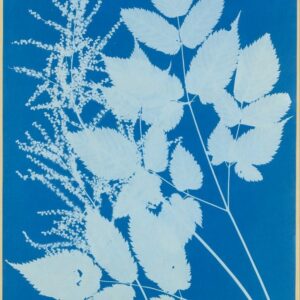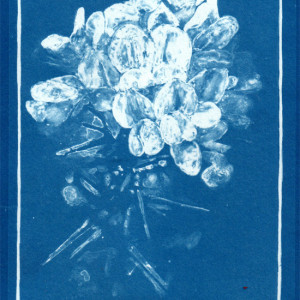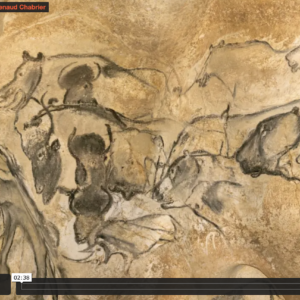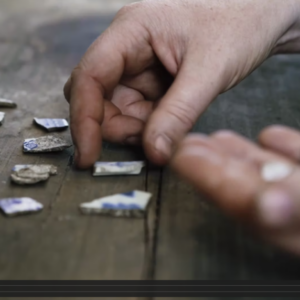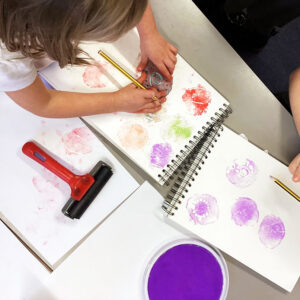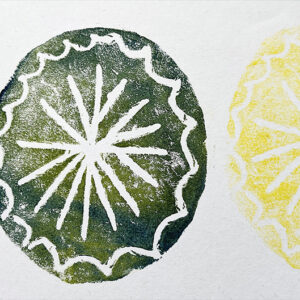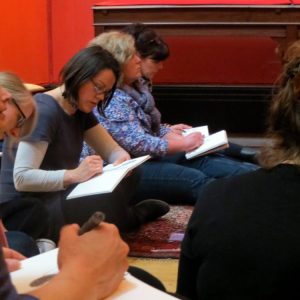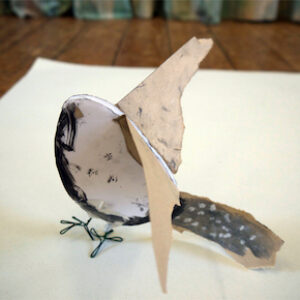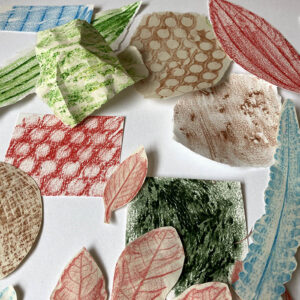By Sharon Gale working with KS1 & KS2 students at the Weston Park Art Club
Context
In this construction and painting resource, students make an abstract face, relief sculpture from cardboard, adding colour, texture and metal findings. The sculpture is attached to a wooden dowel which is inserted into a plasticine-made stand. Students are encouraged to look at human facial features and exaggerate them. Creating irregular shapes and making the left and right hand sides of the face look different.
This resource was inspired by the work of Kimmy Cantrell, a self-taught contemporary artist who uses asymmetry to question long-established views around beauty.
‘Relief sculpture’ refers to raised, carved areas on a flat surface, creating depth, making the artwork ‘stand out’ from the background. Usually the raised, carved areas and the flat background surface are of the same material. Relief sculpture artworks are normally viewed from the front.
This project had to fit in a two and a half hour time slot, but allow three hours or more, so that students can have more in-depth discussions and time to create a sturdy plasticine base, to stand/balance their sculpture in.
To access all content, I would like to join as…
AccessArt is a UK Charity and we believe everyone has the right to be creative. AccessArt provides inspiration to help us all reach our creative potential.
